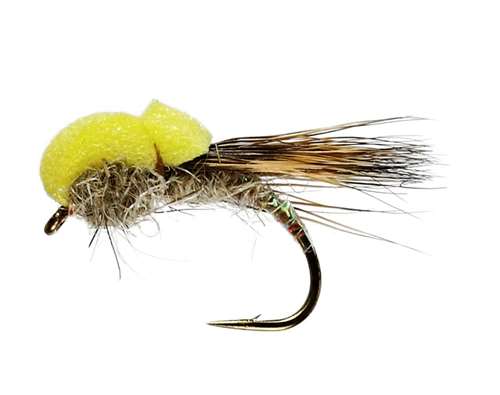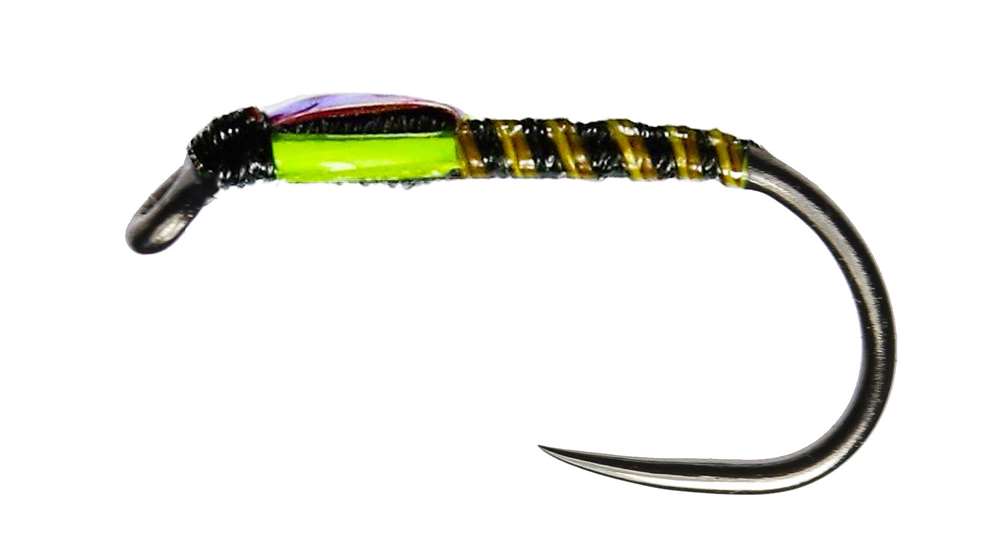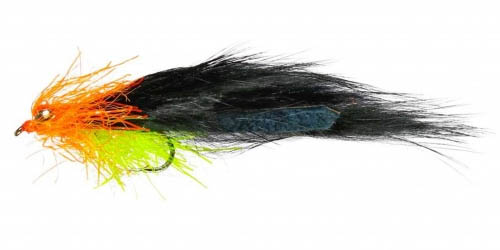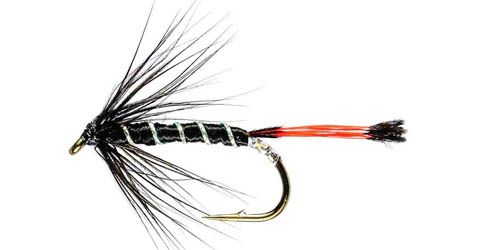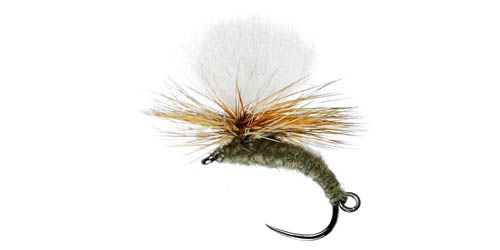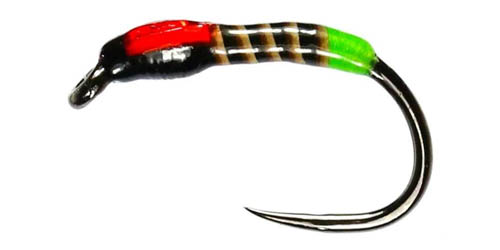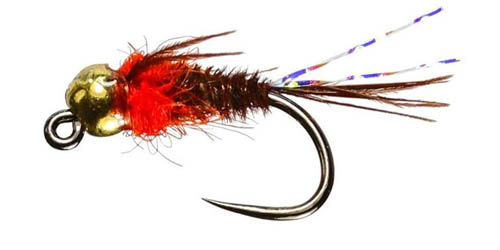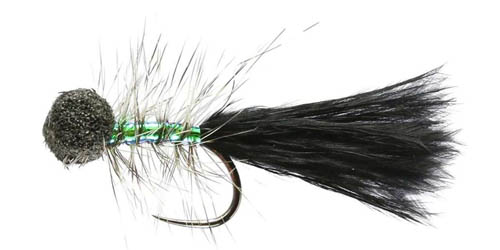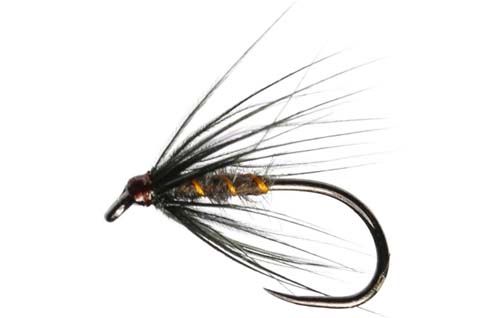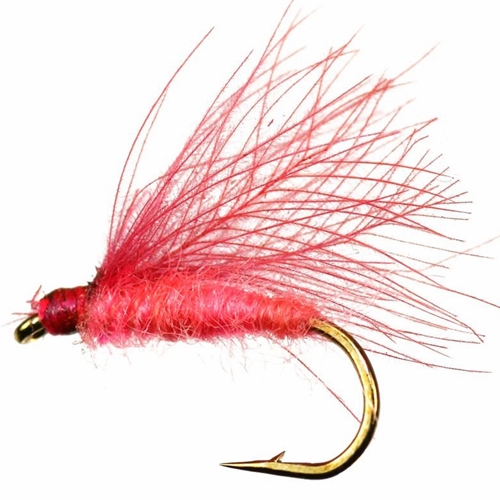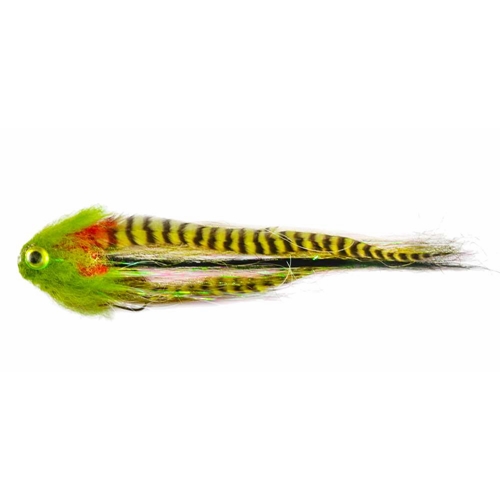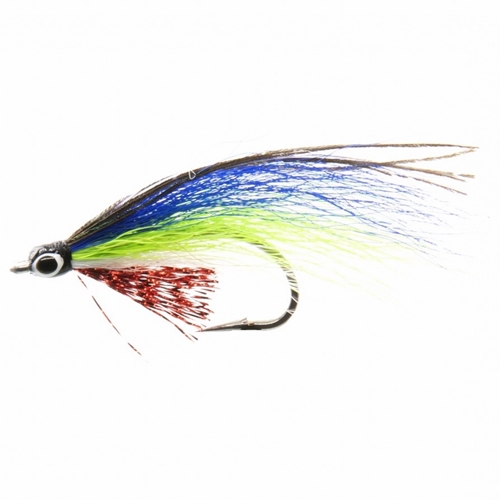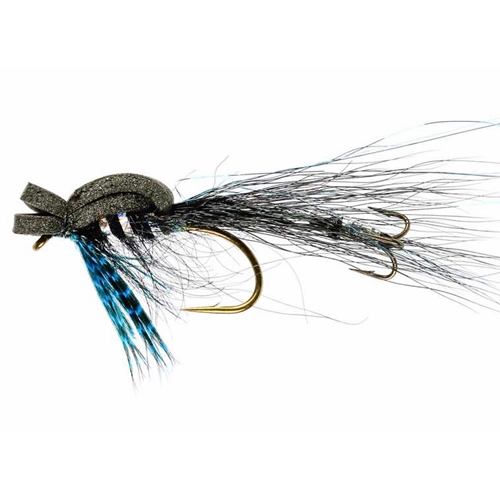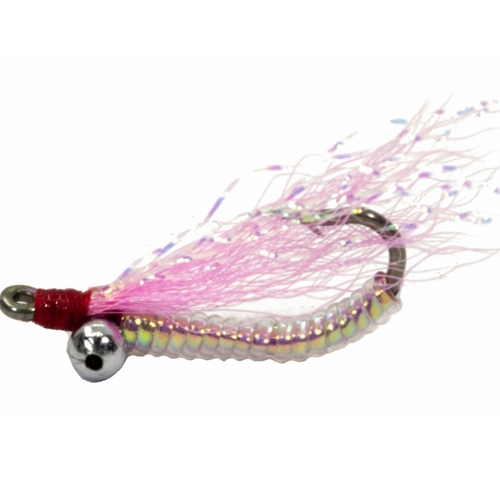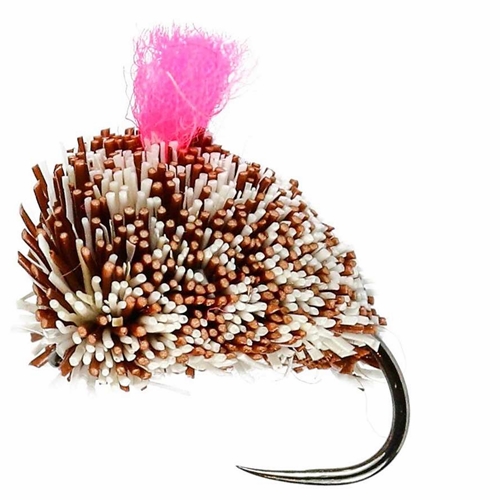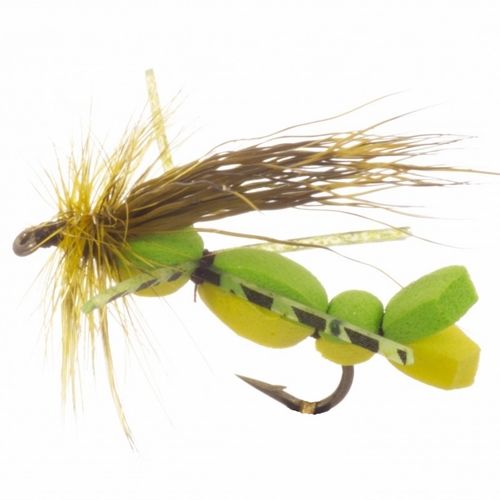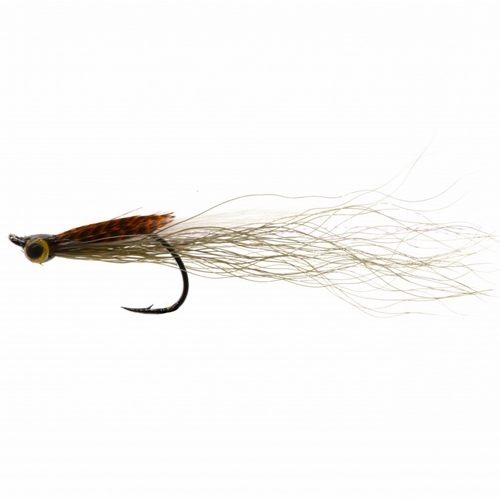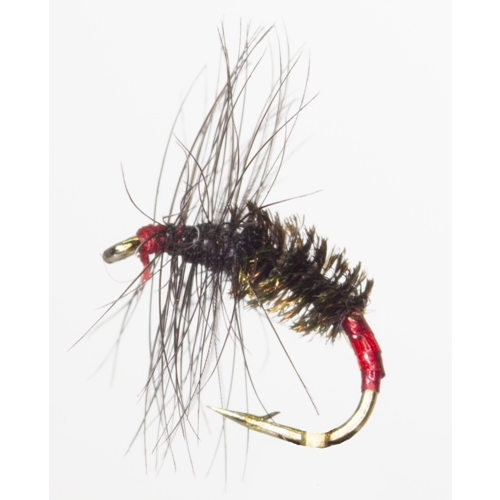 Despite the many other advances in fly fishing tackle in previous eras, whalebone was still in use in the 18th Century for rod tops, a length of four or five inches usually regarded as sufficient for the job. By this time, early in the century, few anglers bothered to make their own rods. However, there was one piece of amateur rod-making knowledge that was still of enormous value to the angler back then: an ability to make his own tops. Tops, incidentally, which broke frequently, sometimes several a day. While the salmon rod’s length was unchanged from Walton’s day, trout rods were starting to get shorter. Trout rods averaged between 12 and 14 feet in length. Salmon rods were longer again, perhaps seventeen or eighteen feet.
Despite the many other advances in fly fishing tackle in previous eras, whalebone was still in use in the 18th Century for rod tops, a length of four or five inches usually regarded as sufficient for the job. By this time, early in the century, few anglers bothered to make their own rods. However, there was one piece of amateur rod-making knowledge that was still of enormous value to the angler back then: an ability to make his own tops. Tops, incidentally, which broke frequently, sometimes several a day. While the salmon rod’s length was unchanged from Walton’s day, trout rods were starting to get shorter. Trout rods averaged between 12 and 14 feet in length. Salmon rods were longer again, perhaps seventeen or eighteen feet.
By 1800 the reel was in almost universal use. The clamp foot reel was still commonplace, and widely used, with "spike" foot reels only slightly less popular. Spike foot reels had a threaded spike which was passed through a hole drilled in the butt of the rod. A wingnut fixed the spike where it emerged on the upper side of the handle. Experts were divided as to whether the reel should go above or below the rod. Most advocated placing the reel on top of a rod fished with multipliers, a position still favoured for that type of reel to this day. By the 1830s the plate-foot reel was competing fiercely with the clamp foot winch; the spike foot’s day was now well and truly over. The clamp remained a firm favourite with fly fishermen, however. The demand for them ensured that firms like Pfleuger and other makers of fly fishing tackle, continued to market them into the last quarter of the 19th century.

